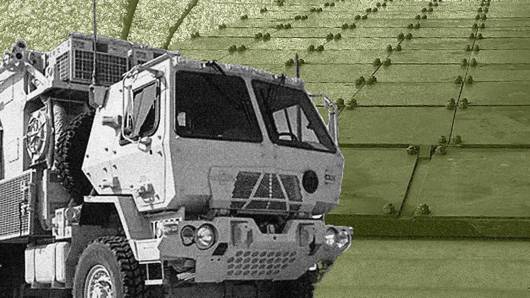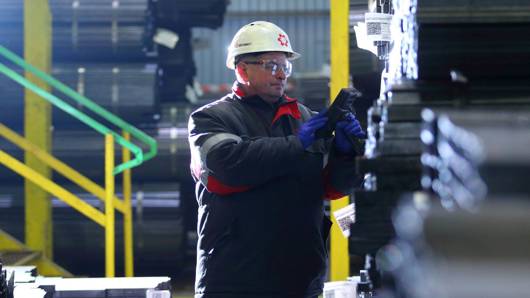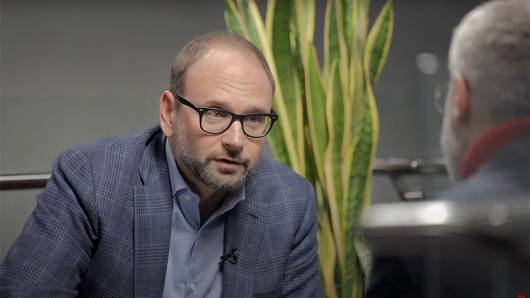In the second part of his interview for the FAQ Talks project, Dmytro Nikolayenko, Chief Commercial Officer of Metinvest Group, talked about the development of the distribution network, the transformation of the commercial function, the implementation of AI and shared plans for the future. He also explained how to build partnerships and how hobbies can help in his profession.
The first part of the conversation can be found here.
The sales and logistics network
– We have talked about the geography of production. What about the geography of sales? Where are we physically present and where can we deliver products? How does our sales network operate in the global market?
– We have closed some offices, but our network remains strong and is mainly centred in Europe. We have offices and distribution warehouses in several countries, including Türkiye, the Middle East and China. The network consists not only of offices, but also of agents and partners, and this gives us sufficient capacity to sell our products effectively. We have preserved this infrastructure and are actively utilising it.
– Are we focusing more on opening our own sales offices or on cooperating with partners?
– It depends on the strategic importance of the market. If we have a permanent presence in a market, we open offices and sell our products to end users or distributors, who further process them or sell them at retail. That is our sales philosophy. However, in markets where we have a temporary or limited presence, we may also cooperate with partners.
– Do we build our own warehouses or rent them?
– In Ukraine, we mainly build our own warehouses, while in Europe we rent them. A warehouse is a service that we provide to our customers, and it defines the level of service. If a warehouse delivers a low level of service, the customer will receive the same low level of service, and our cooperation with them may be terminated. It is important to assess whether there are warehouses on the market capable of providing the appropriate level of service. If there are none, we either develop them together with partners or build our own.
Recently, we have been developing a network of our own covered warehouses in Ukraine – both in Dnipro and in western Ukraine. In Poland, we have leased warehouses and transshipment points where we transload cargo from broad to narrow gauge rail. There, we also have full-fledged distribution warehouses, which allow us to sell products in smaller batches. In Europe, we have warehouses in Antwerp, but they are small and used as transshipment facilities. In Ukraine, we own a network of 17 service centres and a strong distribution infrastructure.
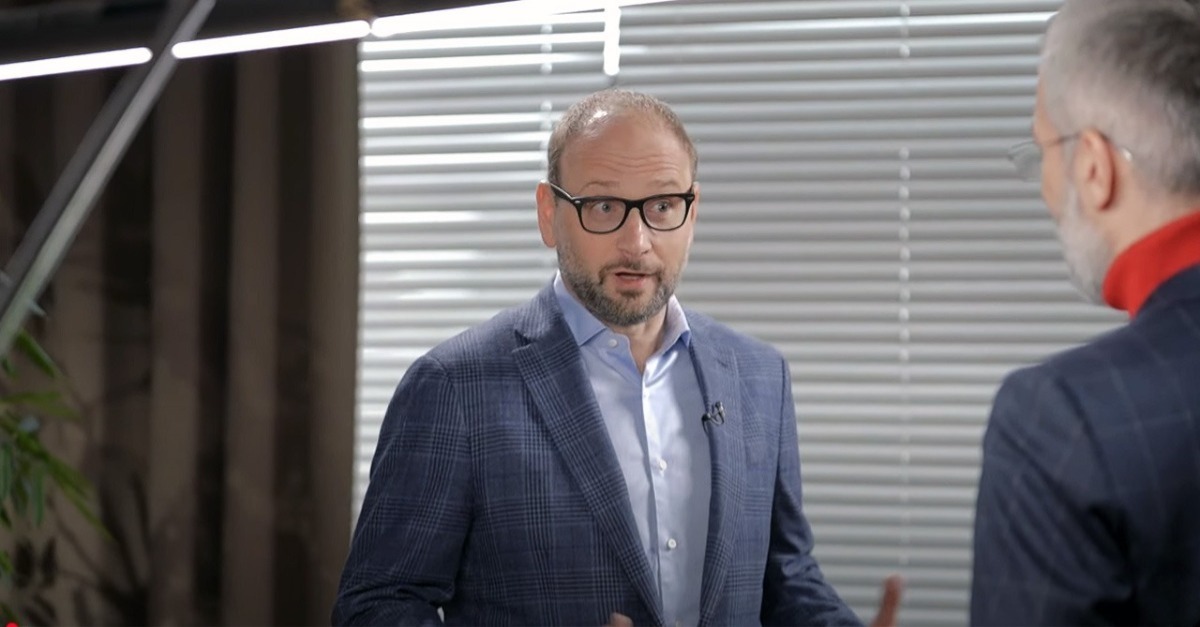
Changes in the commercial function and the use of AI
– How has the internal management system of the commercial function changed since 2022? What have these changes led to?
– The main task in 2022 was to deliver products to our clients, as this had become impossible due to the war. We had to develop new logistical routes through the western borders and restore the operations of Ukrainian ports and shipowners. This effort involved not only our directorate but also the CEO’s office and the entire Group. A key step was the reopening of ports, which significantly improved our logistical capabilities.
Meanwhile, the commercial directorate merged the sales, logistics and procurement functions. I believe this was the right decision, as it created synergies between sales and logistics. We have expanded our value proposition, improved the level of service for our customers and improved the exchange of expertise between procurement and sales. This has yielded results – we are currently undergoing rotations, and some employees who previously worked in sales or marketing have moved into procurement.
Such a model, where the commercial function combines procurement, sales and logistics, is common in many companies. It enables more efficient operations. Today, our focus is on improving the level of customer service and reducing the cost.
– What digital tools have you used in the past and what new solutions are emerging now?
– We use management ERP systems that are constantly evolving and allow us to work quickly with numbers and analytics. We can analyse current periods and take various factors into account when assessing our performance.
We also have CRM and CPQ systems. CPQ allows us to systemise and manage pricing more efficiently, as well as to control the entire order process – from the initial contact with the customer to production handover and shipment.
Overall, we have many digital tools, but we are not yet using them all to their full potential. This is particularly true when it comes to systemising work with customers. We need to find a user-friendly solution so that sales managers see these systems as working tools. There are two key aspects here. First, these tools must serve the manager. The second is overcoming resistance to new things. It is important to strike a balance between administrative implementation and the conscious use of these tools by managers.
We are actively developing these mechanisms, and they are already delivering tangible economic benefits: reaching new customers, systemising pricing and setting prices in a more structured way. In addition, automating document flow helps minimise errors and the impact of the human factor. As a result, the time spent working with clients and processing orders is shortened and the number of errors decreases.
– Do you use artificial intelligence in your digital systems? Will its role increase in the future?
– Currently, we do not use artificial intelligence in our ERP systems. But we observe that AI is increasingly helping us. For example, I use ChatGPT along with most of our employees. Of course, we are considering the possibility of using AI in our business systems, but in the context of specific tasks.
In the consumer market, AI is actively used in chatbots. Back in 2019, I mentioned that many sales functions would be implemented with the help of AI. However, in project-based sales, which are typical for our industry, interaction between teams is essential and the human role remains critical. Such sales require close cooperation between different departments – procurement, production, finance and PR functions. For example, if our products are decarbonised, the customer can use that as an advantage to promote themselves and this needs to be communicated.
So, in such sales, human communication, not just technology, is important. Even after the end of the coronavirus pandemic, we saw that face-to-face meetings deliver significantly better results and help us more in finding the right solutions than remote communication.
Yes, AI elements will be used. It has become much easier to search for information today. Now, it is important not only to have access to a vast amount of data, but also to be able to quickly and accurately provide the necessary information to the customer, who is often already well prepared for the meeting.
Customer focus and Metinvest’s future
– Recently, the understanding of the term “customer focus” has changed significantly. And this is one of Metinvest's core values. What do we mean by it today?
– The value of customer centricity has not changed. It means that the company focuses its business processes on customers. Customer focus is a certain criterion. If we talk about Lean technology, its essence lies in eliminating everything unnecessary. How do you determine what is superfluous and what is not? The criterion is the client. If the customer is paying for it, then it is not unnecessary.
– Metinvest is 18 years old. Given your experience and awareness of trends, what does the future hold for the Group?
– We need to develop. The trend towards decarbonisation creates opportunities for producing DRI-grade pellets, HBI and electric steel, as well as for modernising our Ukrainian and European enterprises and expanding our distribution network. So, we certainly have a plenty to do in the next decade.
And in ten years’ time, it will be clear what needs to be done over the following eight years. Currently, there are no adequate substitutes for steel – it is unique as a material for manufacturing various things. There have been numerous attempts to replace it, from aluminium to plastic. But ultimately, in terms of mechanical properties and cost, steel wins and will continue to win. In addition, it is 100% recyclable. The environmental impact of decarbonised steel is minimal, which means it can be used indefinitely. Almost everything can be made from steel. We have the raw material base, the market and a team of specialists – we just need to get on with it.
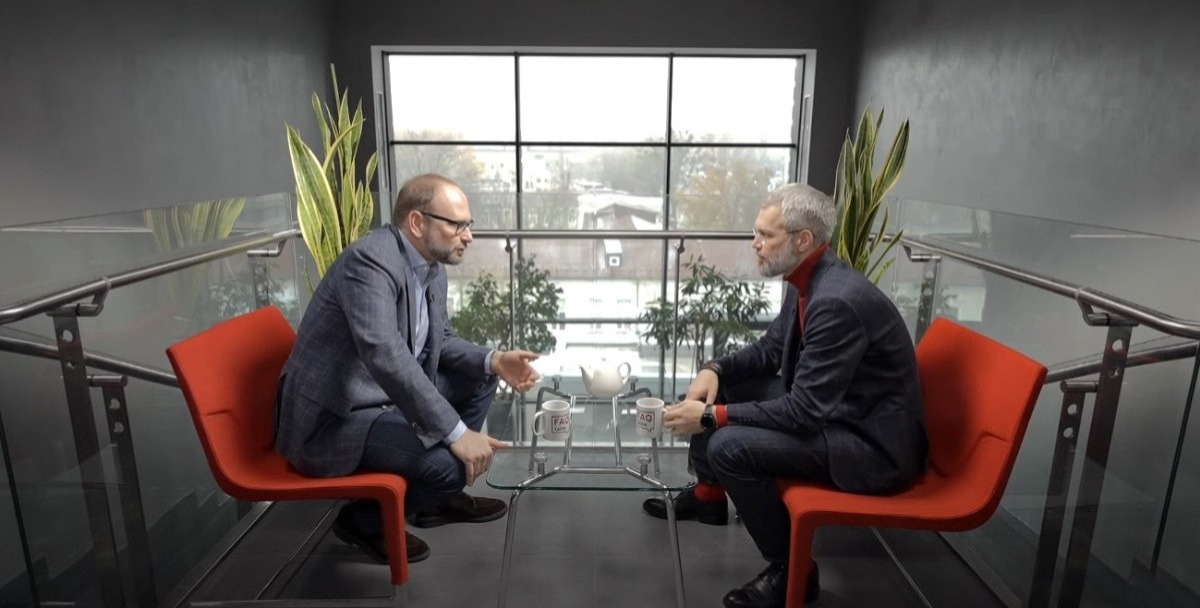
Building relationships with partners and personal life
– Time for our traditional quick-fire round. Could you share some tips for successful negotiations or building relationships with partners?
– If you want to build a relationship with someone, you first need to understand what you can offer that person. With such an approach, there is a chance to build a mutually beneficial relationship – because business is a service and success belongs to those who provide the best services.
In addition, you need to be able to listen. Do you know what the first stage of selling is? It is understanding the need. And once you have understood it, you can offer what you have to meet this need. The biggest mistake is just jumping straight into the presentation.
You need to prepare for negotiations: set goals, analyse the interests of both parties and identify common ground for cooperation. It is important to analyse in advance who you will be negotiating with, what your partner’s needs are and formulate your task. Instead of focusing on differences from the outset, it is better to look for points of connection, for example, interest in your products. Most negotiations involve a team, so before the meeting, it is essential to bring the team together and discuss how each person sees the situation and what approach they are taking.
– How do you spend your weekends?
– Saturday and Sunday are times when you can move from one place to another. For example, today I am travelling to Kosice and on Monday I will be meeting a client – US Steel Kosice. Online meetings make it possible to work from anywhere. So, Saturday is a great opportunity to change locations.
With my job, weekends do not always mean complete rest. Sometimes, in the evening after a working day, I find time to read. My main hobby is doing the work that I truly enjoy. I like what I do – communicating with clients, suppliers and employees, exchanging knowledge and information. I also go for a run. A morning run helps to clear my mind and gives me more energy than a long sleep. In addition, interesting social activities allow me to spend time with people. For example, I enjoy fishing and hunting. And cooking, too.
I really enjoy visiting art galleries and museums. For myself, I have set the optimal time for a visit at one to one and a half hours. Even an hour and a half in the Louvre can deplete the emotional impact of art. But if you focus on a single painting, it can enrich you and spark new ideas, including related to work.
The full video version of the interview is available on Metinvest Group’s official YouTube channel.






